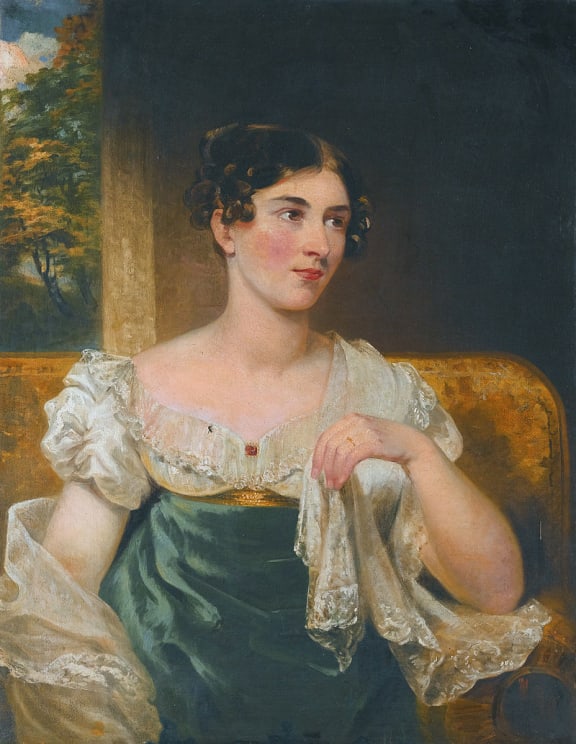
Harriet Smithson Photo: Public Domain
In 1827, Hector Berlioz attended a performance of Hamlet and was smitten by the actress playing Ophelia, Harriet Smithson. When she ignored his persistent fan mail, he was driven “by that delirium that takes possession of all one’s faculties” to write this symphony instead. It is the epitome of a Romantic symphony, not only in its imaginative coloration but also in its balance of narrative line against formal symphonic structure. The structure adjusts to the work’s dramatic needs, having five movements instead of the traditional four.
- Dreams, Passions. The artist’s desire for the beloved is represented by a yearning motif around which this movement is built; this recurring idea, or idée fixe, appears throughout the symphony, giving it unity.
- A Ball. Thrilling, glittering, delirious music describes the scene in which he imagines his beloved dancing.
- A scene in the country. A peaceful reverie, a vision of what love could be. It opens with a duet between oboe and cor anglais, two souls calling to each other. It closes with only one; the male voice of the cor anglais, repeating the calls – this time they remain unanswered but for a warning rumble of distant thunder.
- March to the Scaffold. The artist, bereft, takes opium and falls into a terrible dream where he has murdered his beloved and must suffer the penalty.
- Dream of the Witches’ Sabbath. The nightmare continues, underpinned by the Dies Irae theme and that of his beloved, the idée fixe transformed now into a mocking parody. (Notes: Erica Challis)
Recorded 12 April 2019, Michael Fowler Centre, Wellington by RNZ Concert
Producer: David McCaw
Engineer: Graham Kennedy

